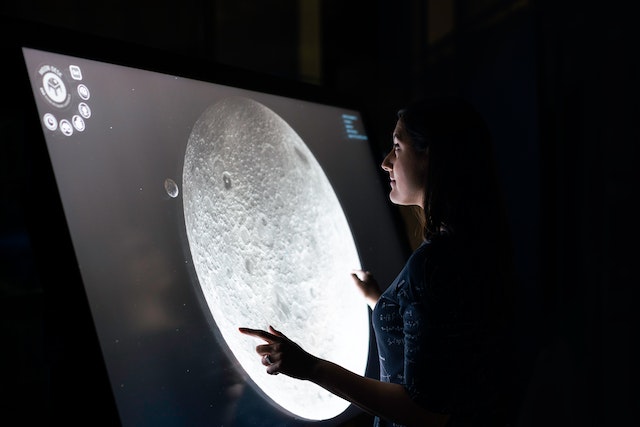Theme:
- The Second Space Age has ushered in an era of remarkable growth and innovation in the global space industry. In line with this trend, India’s private space sector has been experiencing a phenomenal boom, with a surge in the number of space startups, substantial investments, and an ambitious satellite launch program.
- The number of Indian space startups has grown from a dozen in 2017 to over 100 in 2022. The sector has attracted over $65 million in investment in the past five years. The Indian private space sector is still in its early stages, but it is growing rapidly. In 2023, the sector is expected to attract even more investment and launch even more satellites. Let us get to know more about the second space age.
What is the Second Space Age?
- The Second Space Age is a term used to describe the current era of space exploration, which is characterized by the increased participation of private companies and the development of new technologies that are making space travel more affordable and accessible.
- The Second Space Age began in the early 2000s, with the emergence of private companies such as SpaceX and Blue Origin.
- They are opening up new possibilities for space exploration, such as space tourism and asteroid mining.
Characteristics of the Second Space Age:
- Private Sector Participation: Increased involvement of companies like SpaceX and Blue Origin, focusing on innovation and cost reduction, is shaping the direction of space exploration.
- Lower Launch Costs: Reusable rockets, pioneered by companies like SpaceX, have substantially reduced the cost of accessing space, enabling more frequent launches and commercial opportunities.
- Space Tourism: Companies like Virgin Galactic and Blue Origin are developing suborbital tourism experiences, creating a new industry of commercial space travel.
- International Collaboration: The second space age has witnessed increased collaboration between nations and organizations, with joint missions and partnerships becoming more common.
Benefits of the Second Space Age:
- Economic benefits: The Second Space Age is creating new jobs and economic opportunities in the space industry.
- Advancing Scientific Knowledge: The second space age has contributed to our understanding of the universe, with missions like the Hubble Space Telescope and the Mars rovers providing valuable data and insights.
- Technological benefits: The Second Space Age is leading to the development of new technologies that can be used in a variety of fields, such as medicine, transportation, and energy.
Challenges of the Second Space Age:
- Cost: Space exploration is still a very expensive undertaking.
- Space Debris: The increasing number of satellites and space missions poses a challenge in terms of space debris, which can endanger existing spacecraft and limit future operations.
- Regulation: There is a lack of international regulation governing space exploration.
The Future of Space Exploration:
- Human missions to the Moon and Mars: SpaceX and Blue Origin are both developing spacecraft that could carry humans to the Moon and Mars. Furthermore, countries such as India, the US, China, and several others have ambitious plans to send humans to space and beyond. These missions would be a major milestone in space exploration and would help us to learn more about our solar system.
- Space tourism: In the future, space exploration will not only be limited to government-funded missions but will also involve commercial space tourism. Companies like SpaceX and Virgin Galactic are leading the way in making space travel accessible to ordinary people.
- Asteroid mining: Companies like Planetary Resources and Deep Space Industries are developing technologies that could be used to mine asteroids for resources. Asteroid mining could provide us with valuable resources that we could use on Earth, and it could also help to reduce our reliance on Earth-based resources.
Conclusion:
The Second Space Age is a time of great opportunity for space exploration, with increased participation from private companies and the development of new technologies. We are on the brink of a new era of discovery.
However, the Second Space Age also presents significant challenges that need to be addressed. We must tackle issues such as the high cost of space travel and the threat posed by space debris. Additionally, the lack of international regulation has been highlighted by the rapid advancement of technology and the emergence of private companies. Updated regulations are necessary to ensure the responsible use of space resources, mitigate space debris, and provide equitable access to celestial bodies.
To overcome these challenges, international cooperation is crucial. By establishing clear regulatory frameworks and fostering collaboration between governments, international organizations, and private companies, we can ensure the safety, sustainability, and responsible exploration of space during the Second Space Age.
Photo by ThisIsEngineering
Your Turn…
What’s your take on the second space age? Express your point of view in the comment section below. And subscribe to our blog to read answers to the trending GD topics.
Copyright @ Group Discussion Ideas.

